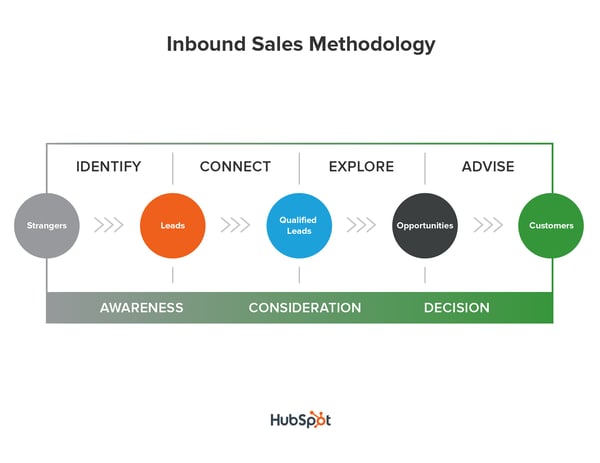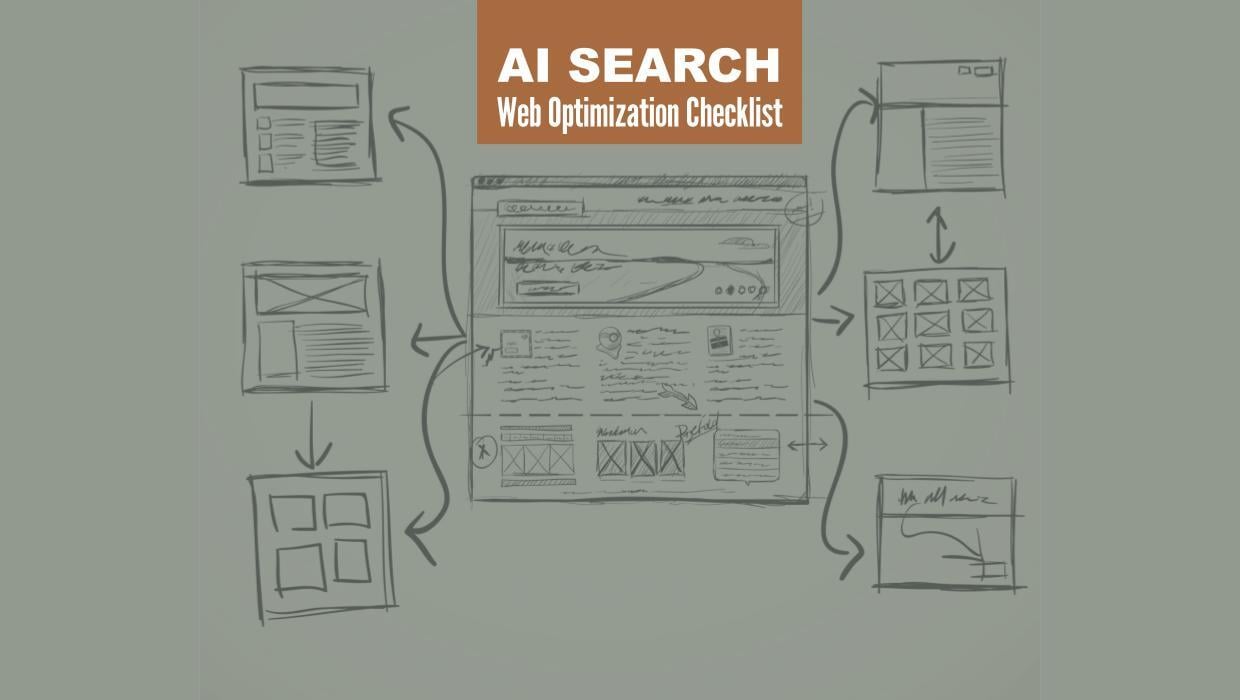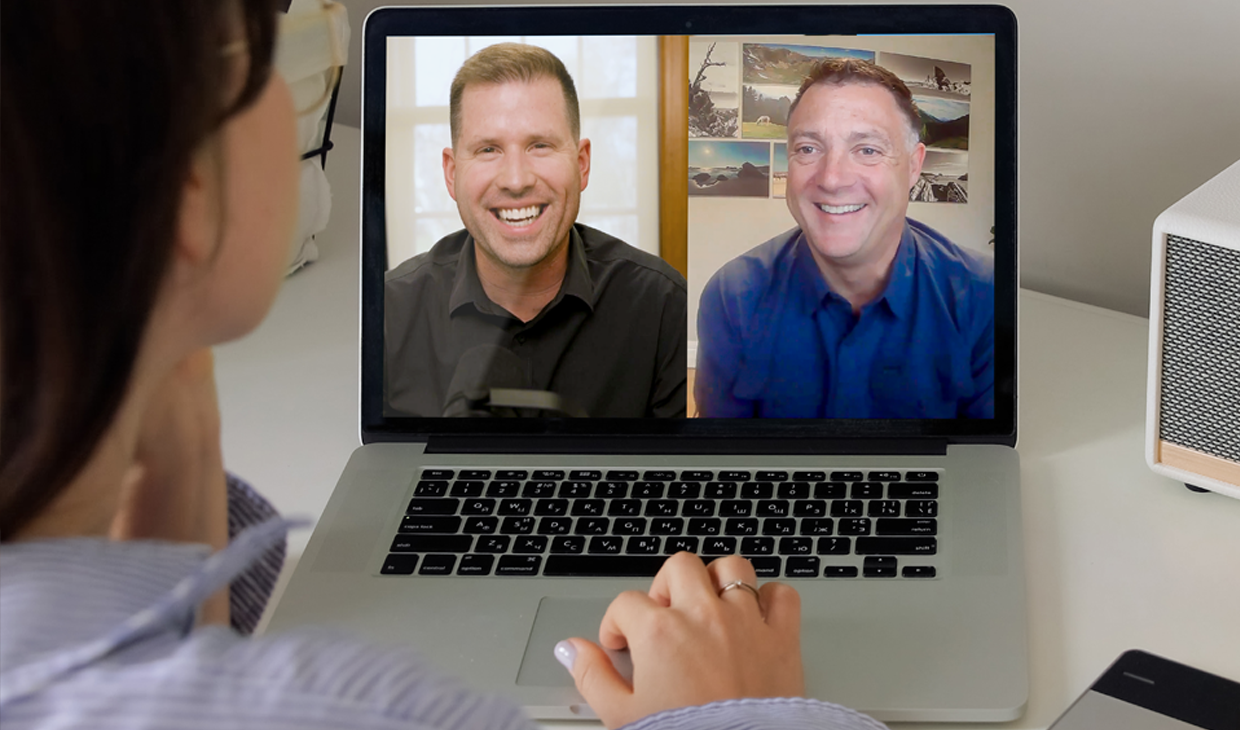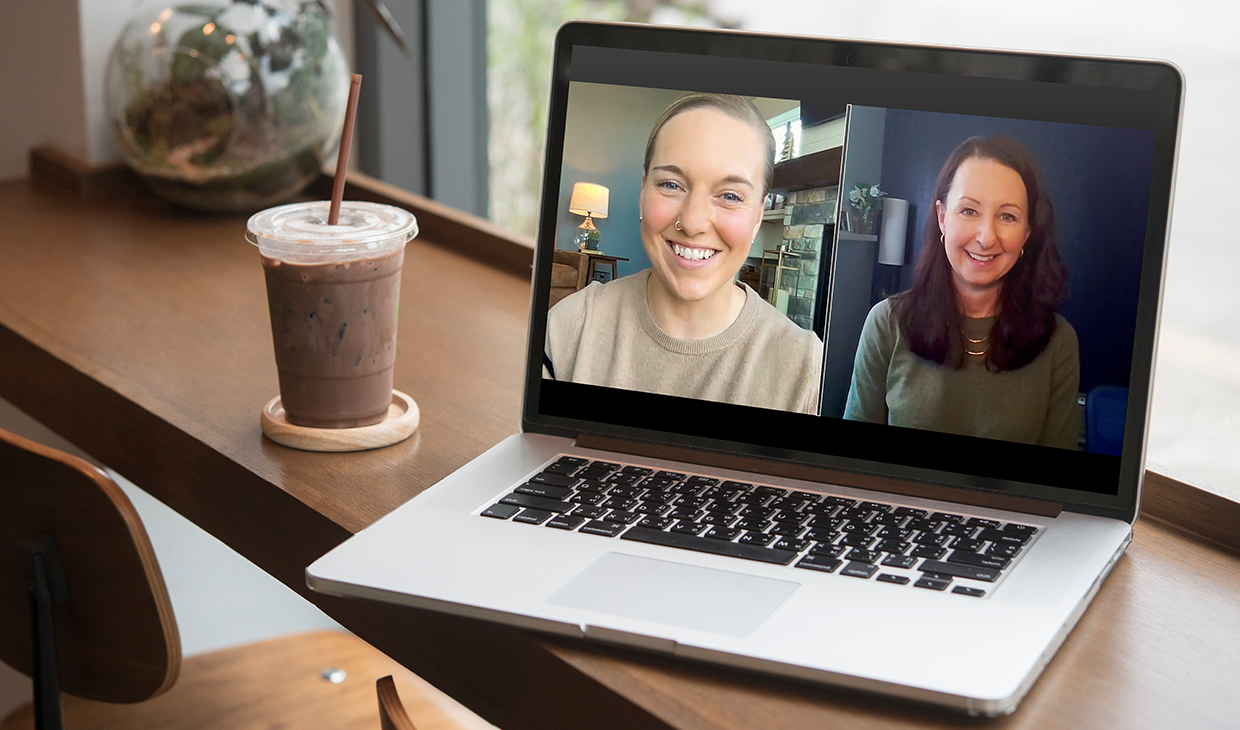Top Questions to Ask Prospects for the Best Sales Lead Qualification Results
Written by
It’s hard to overstate the importance of qualifying sales leads. By asking prospects the right sales qualifying questions, you can achieve critical sales goals, improve efficiency, and have a positive impact on operations. How?
- By qualifying leads early and often, you’ll improve closing ratios
- Understanding lead status helps avoid wasting time and resources on leads you’re unlikely to close
- You can prevent poor leads from becoming unhappy customers because they were never a good fit in the first place
HubSpot’s guide on sales qualification can help you get an even deeper understanding of the benefits of qualifying sales leads.
This article explores some of the most valuable questions you can ask to help your team qualify leads once they’re in the hands of Sales.
Effective Lead Qualification Starts in Marketing
A strong inbound program includes plenty of built-in lead qualification on the Marketing side, all throughout the buyer’s journey as a prospect moves through and engages with content. In their service level agreement (SLA) collaboration, Marketing and Sales should have worked in advance to define what makes a marketing qualified lead (MQL) and a sales qualified lead (SQL).
Along with those definitions, a good understanding of the stages of the sales process (awareness, consideration, and decision) helps to power marketing automation that segments leads before SQLs are handed off to Sales.
Once a lead has made it over to Sales, that’s not the end of the need for lead qualification. This article explores how sales reps need to continue to revisit and qualify leads throughout the sales process, especially during exploratory calls and/or meetings.
 Within the inbound methodology, the actions Sales takes with a potential customer — as they progress from awareness to consideration and finally to the decision stage — should change. Early on, Sales identifies a lead and connects with them. That’s pretty simple, and it should be the start of a focus on the buyer, to get a deeper understanding of their context and create a personalized sales experience.
Within the inbound methodology, the actions Sales takes with a potential customer — as they progress from awareness to consideration and finally to the decision stage — should change. Early on, Sales identifies a lead and connects with them. That’s pretty simple, and it should be the start of a focus on the buyer, to get a deeper understanding of their context and create a personalized sales experience.
3 Possible Outcomes of Successful Lead Qualification
As Sales continues to interact with a lead, often using inbound content to support their engagement, their actions begin to involve exploration, incorporating sales qualifying questions to constantly assess whether there’s a good fit.
According to HubSpot, exploration results in one of three outcomes:
- Determining a fit and getting buy-in for next steps
- Determining it will never be a fit
- Determining it is not a fit right now
None of these is a bad outcome. In fact, contrary to typical legacy sales goals of always advancing a lead to the next step of the sales process, walking away can be a positive outcome.
If your products or services are not the best fit, then it’s best to be honest about it and, if it makes sense, recommend alternative solutions. Both scenarios are good for both seller and buyer because neither party wastes time on a poor fit that could mean disaster for both down the road.
Exploratory Questioning Framework
Determining which of the three outcomes is right for your potential customer is critical, but let’s face it — it’s not always easy.
Using the right lead qualification framework to ask the best questions empowers both the buyer and the seller to make the right decision. The framework contextualizes the questions according to your lead’s challenges and goals because, after all, most products and services are purchased with the intent to either solve a problem or meet an objective.
These questions get to the heart of the matter: What is your prospect trying to accomplish, how, why, and when?
CHALLENGES
- Many times, when I’m speaking with a VP of X like yourself in your industry, they have one of a handful of challenges. It’s often A, but a lot of times it’s B or C, too. Do you ever struggle with any of these things?
- I spoke with a similar company in your industry last week. They stated that their biggest challenge was X. Is that the same for you?
- Is anything getting in the way of accomplishing your business goals this year?
GOALS
- What are the goals that your current challenges prevent you from achieving?
- What will success look like?
- What is your top priority this year?
- Are there other goals that are important to your company?
PLANS
- How are you currently trying to overcome the challenge of X and reach your goal?
- Have you thought about trying to do Y to achieve your goals?
- Would it help if I showed you how other companies implemented A in order to eliminate the same challenge you are experiencing?
- What has worked well for you in the past? What hasn’t?
- Are your plans to reach your business goals set during an annual planning and budgeting cycle? If so, when does that occur?
- Are these plans flexible?
TIMELINE
- What timing is driving your initiatives?
- How quickly do you need to achieve the goal(s) you mentioned?
- How long are you prepared to deal with this challenge?
- Is hitting your goal a priority for your company right now?
- What are the steps involved in executing your plan?
After challenges and goals are identified, it’s only natural to guide the conversation to what the significance of those goals and challenges are. What are the consequences of not hitting the company’s goals? What are the rewards?
CONSEQUENCES
- If you don’t achieve your goal, what happens to the company? You? Others?
- How important is overcoming this challenge to your company?
IMPLICATIONS
- If you were to fix the challenges, would it have much impact on the business?
- When you achieve goal X, what will you do next?
- In which ways is achieving this goal important to your company?
BUDGET
- How much are you spending on your current plans?
- Based on our conversation, it seems like you are spending $X on a solution that is not achieving your goals. What did you plan to invest so that you’re 100% confident that you’ll achieve your goals?
- What return on investment is necessary to invest in a solution to achieve your goal of X?
AUTHORITY
- Usually, when my customers are making this decision, the CFO, VP of X, or other decision-makers need to be involved. Is that true for your company as well?
- What are the next steps in the decision-making process for your company?
It’s About Discovering What’s Best for Your Customer
Not every call is perfect. You may not get all the answers to the questions above, but there’s no doubt the framework will keep your conversation on track with the right questions to understand what’s truly best for your customer.
You can get closer to landing more exploratory calls and conversations when you effectively identify and connect with more prospects. An important step in that process is making a great first impression when you’re reaching out on LinkedIn. Our tip sheet, Maximize Your Manufacturing Sales LinkedIn Profile, guides you through 12 best practices for increasing your chances of making solid connections with prospects. Just click the link below to download your copy.
Subscribe To Our Blog
Information. Insights. Ideas. Get notified every time a new Weidert Group blog article is published – subscribe now!
You May Also Like...

Search Engine Optimization
Optimize Your Industrial Website for AI Search

Marketing Technology
Why Unified Data Efforts Fail (and How Manufacturers Can Fix It)

Search Engine Optimization
How Falcon Rebuilt Industrial AI Search Visibility in 2025
Accelerate Your Growth with
Weidert Group
If you’re ready to explore a partnership, request a personalized consultation with our team.

